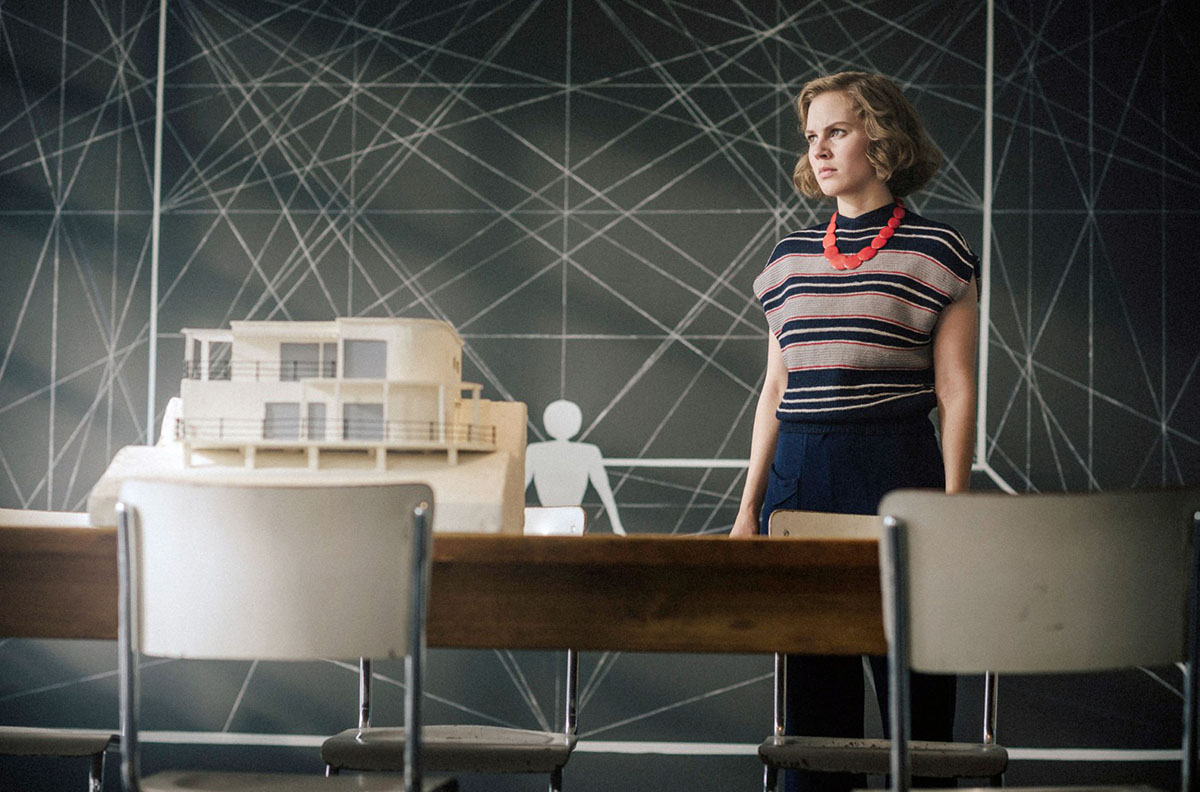Submitted by WA Contents
A new film explores the forgotten role of the women who studied at the Bauhaus
Germany Architecture News - Aug 01, 2019 - 03:43 25885 views

When created in 1919 by Walter Gropius, the Bauhaus school in Germany – a school of design, architecture, and applied arts – marked a significant era of architecture in arts and crafts, architecture, design and technology, while extending the arts and crafts were transformed into a good design in every aspect of daily living, the forward-looking Bauhaus rejected the Arts and Crafts emphasis on individually executed luxury objects. The Bauhaus subsequently became one of the most influential art and design educational institutions of the 20th century.
Later transforming itself from a movement rather than institution, the school faced with much political resistance throughout its existence because of Gropius’ left-wing political views, the school later was closed by Nazi regime in 1933. The Bauhaus school had a far-reaching influence on the architecture world since tis ideals and teaching model were transmitted to many faculties, students and the whole architecture world.

One hundred years after its foundation, many organizations and architects dedicated themselves to tell the story of Bauhaus with different mediums or organizations. The school was the first educational institution that allows women to attend, saving them from domestic home matters at that time. But, even if women were accepted to the school, they didn’t get the same treatment as men – they were only be able to participate in the programs focused on domestic and home matters. The school that still inspires us today in keeping its motto: “thinking the world anew”.

Despite the seemingly equal rights, women had to struggle with resentment inside and outside the Bauhaus and many had to go to the weaving mill, which was soon called the "women's class".
Despite the seeming demotion, the weaving mill has developed trend-setting works by the Bauhaus, created by Bauhaus students such as Gunta Stölzl and Anni Albers. The workshop also helped the Bauhaus to a resounding commercial success.
"There is no difference between a beautiful and a strong sex. Absolute equality, but also absolutely equal duties," Walter Gropius had said.

A new film, titled Bauhaus (literally Lotte at the Bauhaus), now delves into the forgotten role of women who studied at the Bauhaus. The film - "Lotte am Bauhaus" is a production of German public television and directed by Gregor Schnitzler. Although their names were doomed to a footnote, women were also trained at the Bauhaus.
On the centenary of its foundation, this historical drama runs through the classrooms of the Staatliche Bauhaus from the point of view of one of its artists, Lotte Brendel, a character inspired by the great Siedhoff-Buscher Soul.
Against the will of his parents, Lotte Brendel enters the Bauhaus school in Weimar (Germany), directed by visionary Walter Gropius. It will be part of a whole generation of artists who want to end the stalemate of the German Empire and light a new era.
The film was created with the support of the current director of the Bauhaus Archive, Annemarie Jaegg, who states: “The film gives an idea of the creativity, curiosity, and passion that these women embodied in that center for creative experimentation known as the Bauhaus”.

The character: Lotte Brendel
Lotte Brendel has modeled several historic Bauhaus women as a movie character. Besides Alma Siedhoff-Buscher, whose "shipbuilding act" Lotte Brendel designs in the film, Gunta Stölzl also: Lottes enthusiasm for her artistic products and her high material-affinity are reflected in the real existing Gunta Stölzl.
Gunta Stölzl was one of the first female students at the Bauhaus
Stölzl's work had a fundamental influence on the work and reputation of the Bauhaus weaving mill. The Bauhaus magazine writes in 1931: "It is their merit to speak of Bauhaus fabrics". Women received hardly any teaching positions at the Bauhaus, so Gunta Stölzl was one of the few teachers and the only female champion.
Her enthusiasm for the fabrics and the high affinity to the free experiment was transferred to the other students, which is why she quickly rose to a managerial position. During the Dessau period she created interdisciplinary works by designing fabrics for Marcel Breuer's furniture. Her numerous designs were intended to form the basis for formative weaving products and carpets.
Watch the film’s trailer below:
Video courtesy of Universum Film
Film facts
Original title: Lotte am Bauhaus
Director: Gregor Schnitzler
Country and year of production: Germany, 2019
Movie length: 105 minutes
Script: Jan Braren
Photography director: Christian Stangassinger
Performers: Alicia von Rittberg, Noah Saavedra, Jörg Hartmann, Nina Gummich, Marie Hacke.
All images via video of Lotte am Bauhaus
> via bauhaus.daserste.de/
